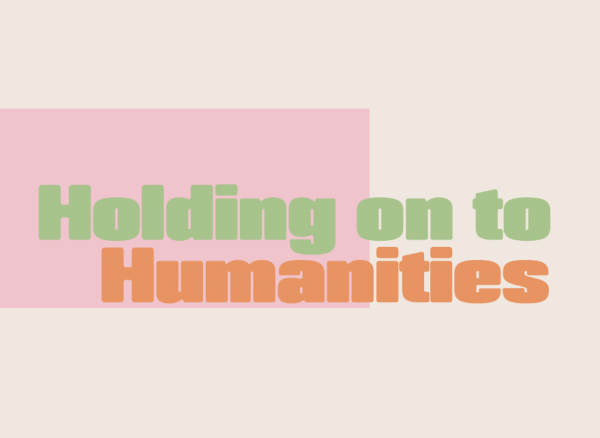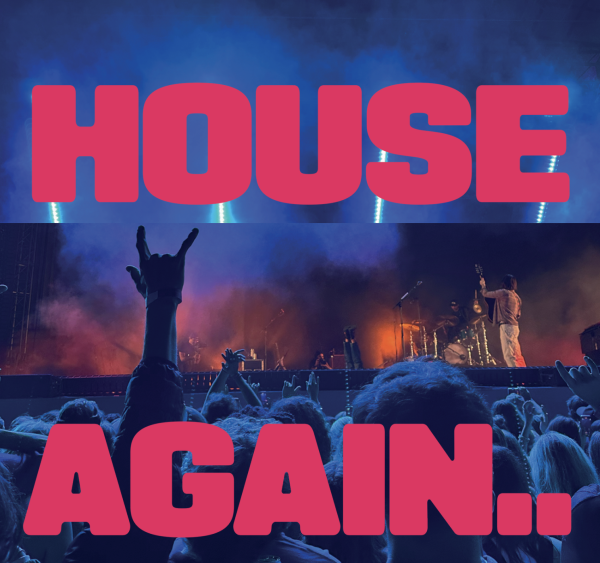Beauty of Aging
Upending the narrative on aging for women

Ads for products like wrinkle cream and botox can easily be found when scrolling through social media or flipping through a magazine. Every product that markets “looking younger” constantly enforces an unrealistic beauty standard for women of all ages.
Today’s society is obsessed with perfection when it comes to physical appearance; youth is prized, while normal signs of aging are shamed.
Sophomore Anna Shimazaki often notices the way that aging is shamed, especially as a teenager who sees these products on social media. “It feels like everybody’s trying to fix aging—like it’s a burden,” Shimazaki said.
While both men and women are criticized for the changes in physical appearance that come with aging, society puts significantly greater demands on women to maintain a youthful appearance.
42-year-old mother of sophomore Bee Montes and Paly guidance secretary Pamela Garcia has observed how discrimination based on age differs between men and women. “When men age, it’s promoted and it’s okay,” Garcia said. “But when women age, it’s not okay because they have had to age gracefully with minimal wrinkles and minimal gray hair.”
Women often face discrimination based on age in a way that men do not, especially in the workforce. As women get older, they are often valued less, while men are considered more experienced.
48-year–old mother of senior Sophie Pardehpoosh, Ariane Bertrand sees clear differences in treatment of older men versus older women in the workforce. “[When] they talk about the glass ceiling, it’s also about age,” Ariane Bertrand said. “An older man who’s been working for 50 years [is seen as] wise, whereas when it’s a woman, it’s ‘they’re not up to speed on things’ and all sorts of prejudices against an older woman.”
Not only are women more often discriminated against because of their age, they are also more often marketed products that encourage erasing signs of aging.
“With the [anti-aging] products, you can see the tug and pull where it’s geared more towards women versus men,” Ariane Bertrand said.
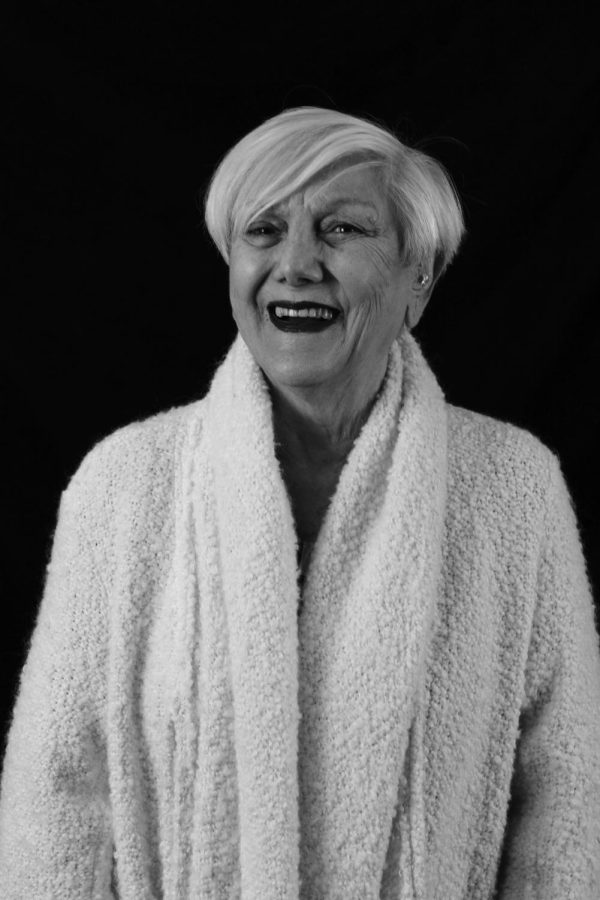
The presence of products such as plastic surgery or “anti-aging” skincare items perpetuates the idea that aging is a negative process.
“If these products are saying to make yourself look younger and equating [youth] to beauty, it can be damaging,” senior Sophie Pardehpoosh said. “Older can be beautiful.”
Although these products can build confidence and be a form of self-care, many believe that the changing of one’s appearance is too heavily emphasized—the excessive amount of products that erase aging can discourage self-acceptance.
“It’s more of a sense on how to take care of yourself versus altering what you look like to be something else,” Garcia said. “Society has botox and [other ways of] changing your appearance, but that isn’t embracing who you actually are.”
Another factor that alters our image of beauty, especially in relation to aging, is the lack of age representation in the media. Due to the fact that we are not often shown women with real signs of aging, like wrinkles or gray hair, we begin to view beauty solely as looking young.
“If I’m scrolling through any sort of social media and I see models, they’re usually very young,” Pardehpoosh said. “They don’t have any of these signs of aging. That adds to our perception of what beauty is—that beauty is looking younger, having skin without wrinkles and dyeing [your] hair so it’s not gray.”
Limited representation creates an image of the beauty standard that many feel pressured to achieve. Growing up, Eimi Okano, 84-year-old grandmother of sophomore Anna Shimazaki and an Asian American woman, was shown that the beauty standard was youthful white women.
“The focus seems to be on keeping one’s youth,” Okano said. “During my young years, everybody wanted to look like the movie star of the day—Marilyn Monroe at that time. Who can compare with Marilyn Monroe, especially as an Asian American, when the focus is on white women?”
Despite society’s unrealistic standards, Okano learned that she did not have to change in order to love herself. “I came to realize early on [that] I am who I am, and being unhappy with that is not a state of being that I wish to be in,” Okano said.
Because of the pressure to maintain a youthful appearance, most young people dread aging because of the changes in their physical appearance. However, many find that it is an enriching experience and an opportunity to learn to love yourself and all your signs of aging. Many older generations find that looking back, their lives have only improved as they aged.
“You learn contentment when [looking] at the gifts of each age,” Ariane Bertrand said. “Things are much happier now than I was when I was 20—[one] benefit of the process is that you don’t care as much about what other people think.”

Many, like Ariane Bertrand’s mother and Sophie Pardehpoosh’s grandmother, 80-year-old Vida Bertrand, believe that actions and development as a person define someone, rather than age. “Your purpose of life is to grow and develop…and bring good things to others,” Vida Bertrand said. “[With] all these things that you can do, your life has a really strong meaning and it doesn’t matter if you are 50 or 70.”
Although more women are starting to embrace their beauty and self-love, there is still much progress to be made to change society’s perception of age, starting with greater representation of older women in the media.
“[For] models that we see in commercials on Instagram or in our newspapers, [we should have] a wider range of people,” Pardehpoosh said. “Whether it’s race, size, all these things, but also age because that’s something that people don’t really talk about.”
Despite greater representation in recent years, many people, like sophomore Bee Montes, still believe that efforts to show aging in a positive light can be improved more.
“They have a lot of more older women in magazines and in the media now, which is nice to see, but it needs to be better,” Montes said.
More specifically, seeing this representation would show people that aging is a part of everyone’s life and that it should be normalized.
“If more people see people who have actually aged in the media, it would be a lot healthier for [both] younger people and older people,” Shimazaki said.
Seeing others who appreciate and embrace the process of aging shifts the perspective of aging to a positive light and encourages embracing the physical changes of aging.
“It’s really important to highlight men and women who have accepted their age as what is normal for them,” Okano said.
The process of aging is beautiful and important to embrace. “If you embrace aging, then you’re a shining light,” Garcia said. “The beauty of it all is [that] it’s actually always been with you—just let it radiate.”
By acknowledging the beauty and normalcy of aging, we can overcome the stigma that our society has around it.
“Aging is a process that you should embrace because it’s helping you grow into the next step of whoever you are going to be,” Garcia said. “So I take every wrinkle, I take every gray hair and I just go with it like, ‘okay, I look a little different, but I love myself.’”
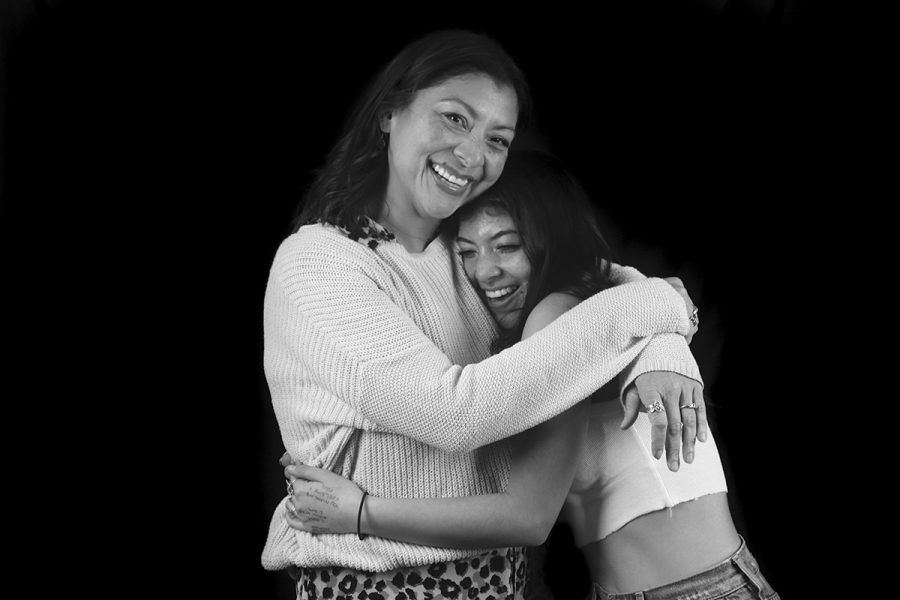
Photos by Brooke Glasson
Print Issue
Please click on the three vertical dots on the top right-hand corner, then select “Two page view.”
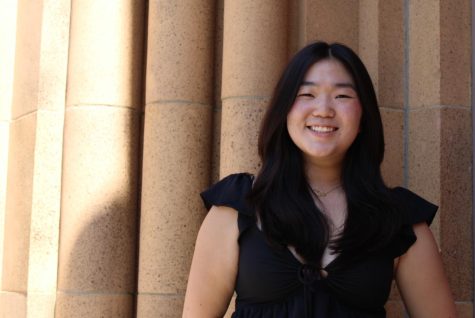
2021-2022 - Staff Writer
2022-2023 - Business Manager
I joined C mag because art has always been a big part of my life. I always loved looking through...
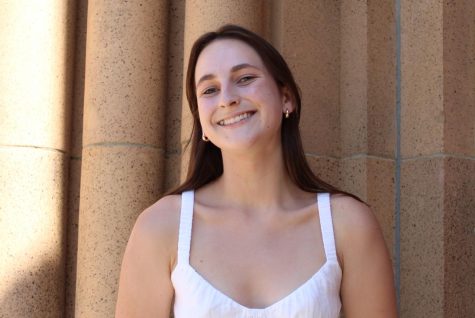
2021 - 2022 - Staff Writer
2022-2023 - Social Media Manager
I joined C-mag to be part of a writer's community. C-Mag has such an impressive combination...

2020-2021 - Staff Writer
2021-2022 - Managing Editor
I joined CMag because I was interested in writing about arts, music, and culture and...


